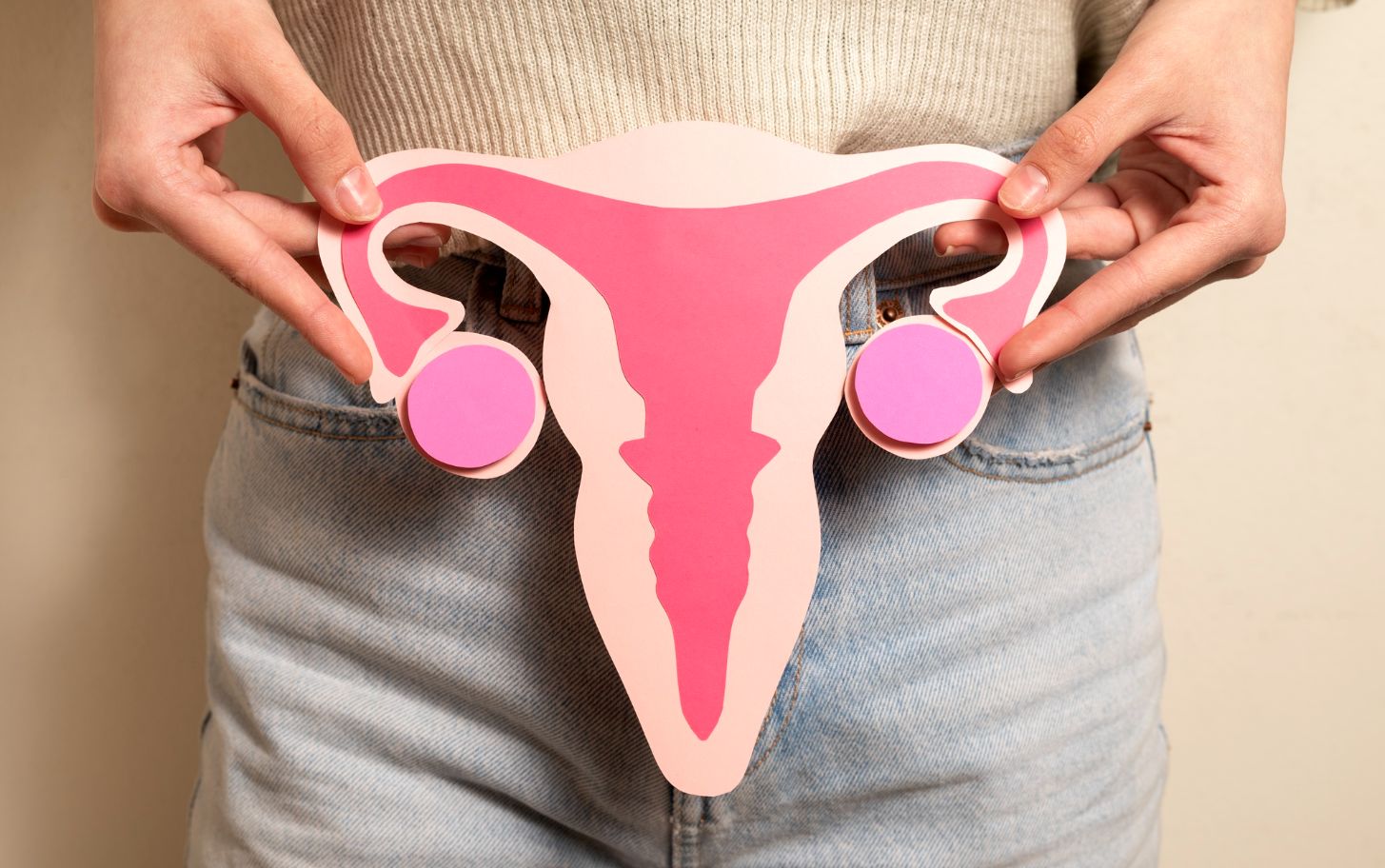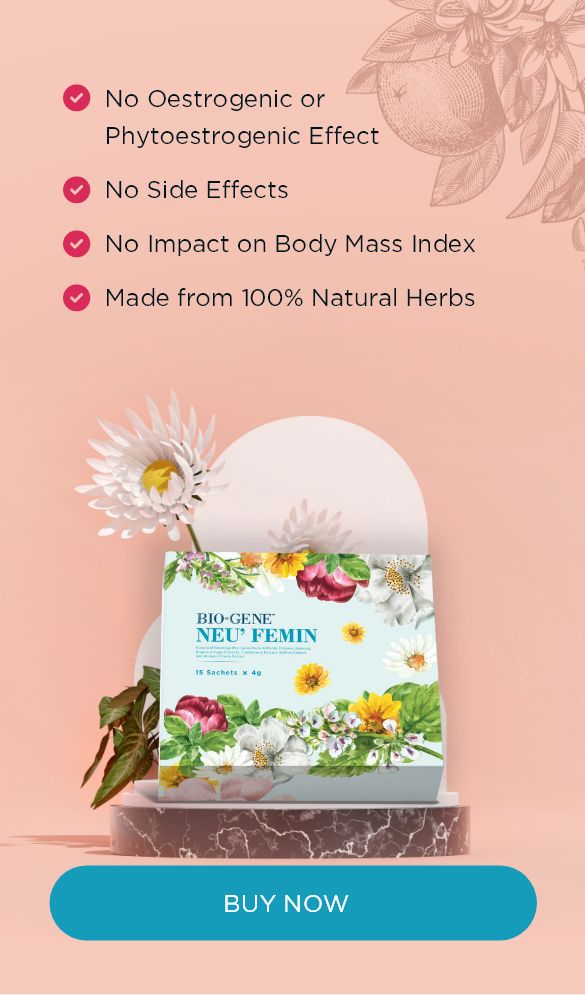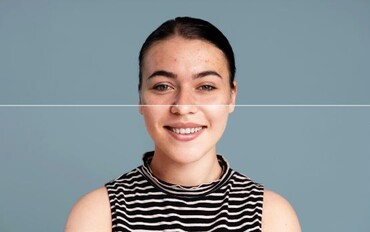The Sex Hormone that helps with the Heart, Brain, Bones and Mood

Oestrogen is commonly associate with Women’s health and it is well known that low levels of oestrogen can cause hot flashes, weight gain and vaginal dryness during perimenopause and postmenopause in women. In this article, we will look at Oestrogen in more detail, including how it works and what happens when the level fluctuates.
The ovaries, adrenal glands, and fat tissues produce Oestrogen. Both female and male bodies have this hormone, although females produce more of it.
Function:
- Oestrogen helps stimulate the growth of the egg follicle in the Ovaries
- Oestrogen maintains the thickness of the vaginal wall and promotes lubrication
- Oestrogen enhances and maintains the mucous membrane that lines the uterus. It also regulates the flow and thickness of Uterine Mucus secretions
- Oestrogen is needed in the formation of breast tissue. This hormone also helps stop the flow of milk after weaning
Levels of Oestrogen fluctuates during the menstrual cycle and over a female’s lifetime. The fluctuation can some times produce effects such as mood changes before menstruation or hot flashes in menopause.

Factors that can affect Oestrogen Levels:
- Pregnancy & Breastfeeding
- Puberty
- Menopause
- Older Age
- Overweight & Obesity
- Extreme Dieting & Anorexia
- Strenuous Exercise
- Use of certain medications, including steroids, ampicillin, oestrogen-containing drugs, phenothiazones, and tetracyclines
- Turner’s Syndrome
- High Blood Pressure
- Diabetes
- Polycystic Ovary Syndrome (PCOS) and other conditions affecting the Ovaries
- An underactive Pituitary Gland
Oestrogen Imbalance Leads to:
- Irregular or no Menstruation
- Light or Heavy Bleeding during Menstruation
- More severe Premenstrual or Menopausal symptoms
- Hot flashes, night sweats, or both
- Noncancerous Lumps in the Breast and Uterus
- Mood changes and Sleeping Problems
- Weight gain, mainly in the hips, thighs, and waist
- Low sexual desire
- Vaginal dryness and Vaginal Atrophy
- Fatigure
- Mood Swings
- Feelings of Depression and Anxiety
- Dry Skin

Food Sources of Oestrogen
Some food contains phytoestrogens, which are plant-based substances that resemble oestrogen. Some studies suggest that these may affect levels of Oestrogen in the body. However, there is no conclusive evidence to confirm this.
Foods that contain phytoestrogen include:
- Cruciferous vegetables
- Soy and some foods containing soy protein
- Berries
- Seeds and grains
- Nuts
- Fruit
- Wine
Some communities believe that foods containing phytoestrogens can help manage hot flashes and other effects of menopause, but this does not have scientific backing.
In addition, eating whole soy foods, for example, is unlikely to have the same effect as taking extracts from soy as a supplement.
Supplements
Some herbs and supplements contain phytoestrogens, Some herbs and supplements contain phytoestrogens, which act in a similar way to oestrogen. These may help regulate oestrogen and treat symptoms of menopause.
Examples are:
- Black Cohosh
- Red Clover
- Soy Isoflavones
However, it is unclear exactly how these compounds affect oestrogen and oestrogen-related activity in the body, and there insufficient evidence to confirm that they are safe and effective, especially in the long term. Researchers have called for further studies. Hence, this is why Bio-gene has developed Neu’ Femin which has NO Oestrogenic or Phytoestrogenic effect, NO Side Effects and NO impact on Body Mass Index.
It is always best to consult with your healthcare practitioner before consuming any Health/Food Supplements.





